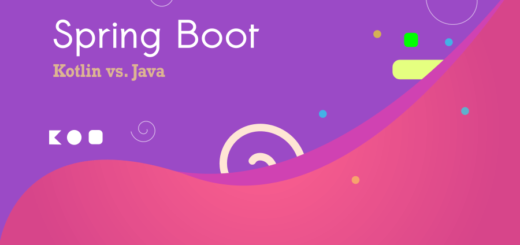Dart vs Kotlin: Which Language to Choose for Your Next App?
Dart vs Kotlin, Two languages that have gained popularity in recent years are Dart and Kotlin. Dart is known for its association with the Flutter framework, while Kotlin has become the official language for Android app development.
In this article, we will compare Dart and Kotlin, examining their key features, strengths, and weaknesses to help you make an informed decision when choosing the right language for your next project.

Language Overview
Dart, created with a focus on simplicity and productivity, aims to be both easy to learn and efficient. It has gained recognition in web development, particularly through the Flutter framework. This UI toolkit enables the creation of natively compiled applications for mobile, web, and desktop from a single codebase.
Kotlin
On the flip side, Kotlin, a statically typed, cross-platform language developed by JetBrains, boasts full interoperability with Java. This feature has propelled its popularity in Android app development.
Kotlin’s key goal is to provide developers with a more concise and expressive language while maintaining compatibility with existing Java codebases.
Syntax and Readability of Dart and Kotlin
Dart boasts a clean and easy-to-read syntax, which makes it approachable for developers who are new to the language.
Its syntax is somewhat similar to languages like JavaScript, making it relatively straightforward to pick up for web developers.
Kotlin’s syntax is concise and expressive, reducing boilerplate code that developers often encounter in Java. The language promotes safety and readability, making it easier to maintain and debug code.
Kotlin’s use of extension functions allows developers to add new functionalities to existing classes without modifying their source code.
Platform Support
Dart’s primary strength lies in its association with the Flutter framework. It enables developers to build applications for a variety of platforms, including Android, iOS, web, and desktop, using a single codebase.
Although not as extensively utilized beyond the Flutter ecosystem, Dart can still serve in web development independently of Flutter.
Renowned as the official language for Android app development, Kotlin seamlessly integrates with existing Java code, earning favor among Android developers. It extends beyond Android, finding application in various domains such as server-side development, web development, and more.
Learning Curve : Kotlin vs Dart
Dart’s learning curve is relatively gradual, particularly for developers possessing prior experience in languages like JavaScript or Java. Its straightforward and easily comprehensible syntax, coupled with extensive documentation, facilitates swift onboarding for newcomers.
Kotlin’s learning curve may be steeper for individuals transitioning from Java. However, it offers a more concise and expressive language. Developers familiar with contemporary programming paradigms will find Kotlin’s features.



